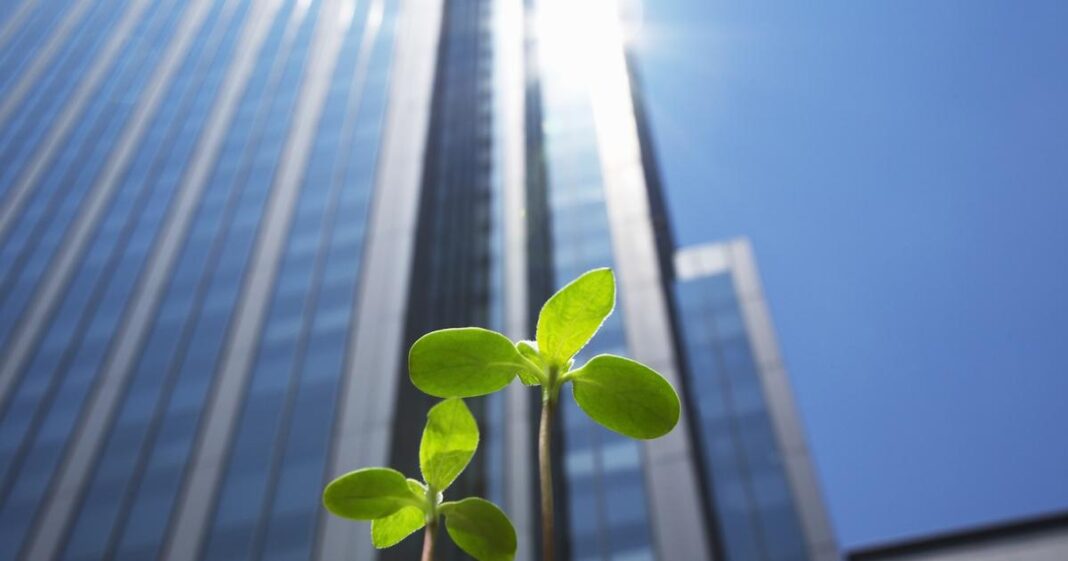On April 10, six regional sustainable building communities in California united to form the US Green Building Council California, a statewide nonprofit.
“The new structure and entity create a centralized entry point where anyone can engage with and become part of the green building movement,” according to a statement. The announcement follows a trend happening across the country as smaller sustainable building groups are increasingly collaborating, aligning and at times consolidating to amplify their impact.
While USGBC California is a combination of only USGBC communities, the consolidation of the sustainable building community around Philadelphia in 2017 brought together the USGBC, Passive House and Living Future communities. Both of these examples show the evolution of the sustainable building movement from local, LEED-centric, grassroots efforts to more regional, broader coalitions of professionals.
Growth of building hubs
Another way the sustainable building industry is convening involves the emergence of hubs. Early and notable examples include the Building Energy Exchange (Beex) in New York City and The Building Innovation Hub (the Hub) in Washington DC. The Institute for Market Transformation (IMT), which is incubating the Hub also recently announced a partnership with Beex to support the formation of new hubs in cities across the U.S., most recently in St. Louis and Kansas City.
According to IMT’s website, “The goal of a Hub is to encourage a market shift toward better performing buildings by spotlighting best practices of local market leaders, convening industry to discuss related issues, and aiding those who may not otherwise have the information, expertise or finances to take action.”
Rallying the cause in the nation’s capital
An earlier example of the evolution of how the building industry convenes is the Net-Zero Energy Coalition, a grassroots organization in the National Capital Region (which encompasses Washington, D.C. and the surrounding areas). The coalition, which I now chair, was founded five years ago by a small group of local government staff who saw the rising importance of net-zero energy buildings and wanted to rally the cause.
The private sector was quick to respond to the call, and over the last three years a strong community of passionate professionals across government, non-profits and private companies has developed and continued to find new ways to support the local net-zero energy movement.
On April 18 the Net-Zero Energy Coalition hosted its most recent event, “Aligning the NCR Building Ecosystem.” The purpose of the event was to develop detailed action plans to address the main issues that prevent progress on achieving the transformation of the region into an equitable, carbon-free community. The issues discussed were identified at the last coalition event, a Map Making Party where the community collaborated on visualizing the topology of issues, organizations and actors that make up the local sustainable building movement. On Thursday groups worked on each priority to set a common goal, populate the current and desired conditions to advance each priority, and agree on three to five next steps and actions to take as a community.
This event took place at the Lutron Commercial Experience Center. Jason Schwartz, the lead for the Lutron Commercial Experience Center describes the space as a “third place” for the building industry to convene and work together on advancing the mission of beautifully designed sustainable spaces. Support by corporations is critical to the success of grassroots and non-profit organizations that are leading the sustainable building movement.
